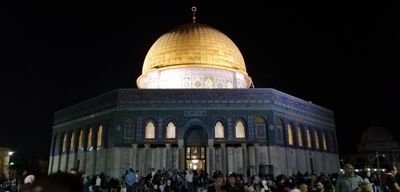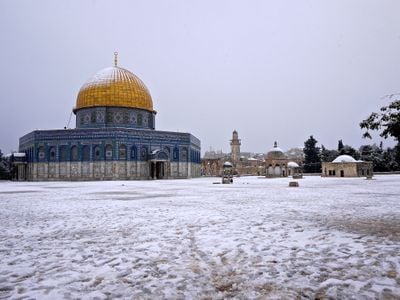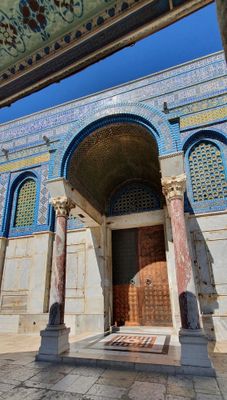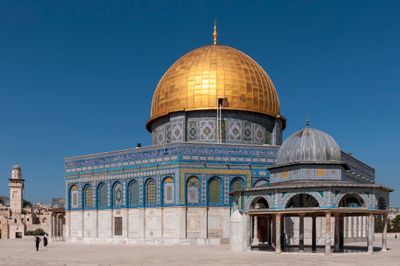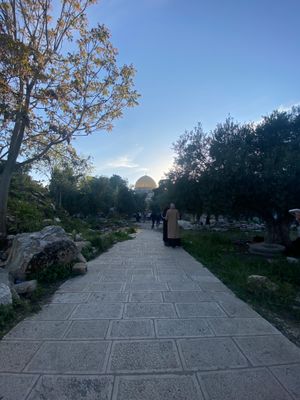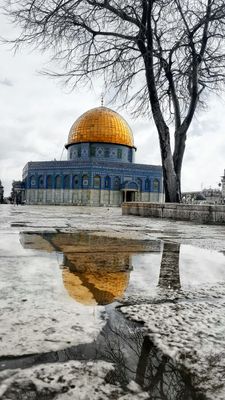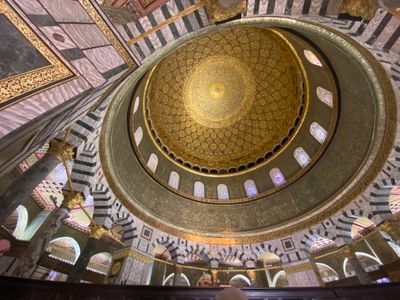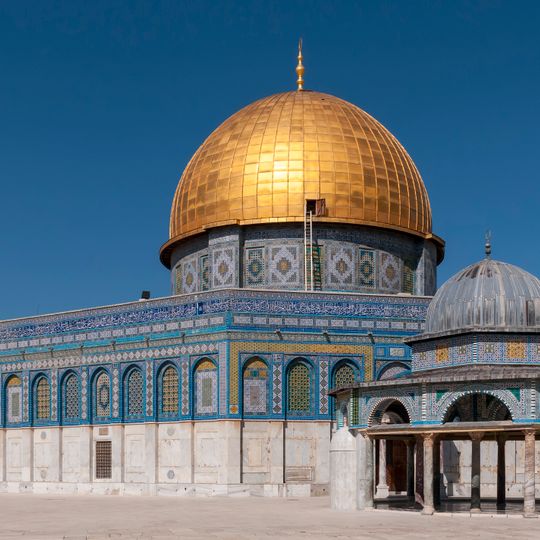
Dome of the Rock, Octagonal mosque in Old City, Jerusalem.
The structure rises from an octagonal base with four entrances oriented to cardinal directions and exterior walls faced with white marble. Inside, arcades with slender columns and decorated capitals encircle the central rock. Walls and ceilings display Persian tiles, Byzantine mosaics, and Arabic inscriptions from the Quran. The gilded copper dome rises 69 feet (21 meters) above the rock and reaches a height of approximately 66 feet (20 meters). The outer drum carries glazed tiles with floral patterns and geometric designs in blue, green, and gold tones.
Caliph Abd al-Malik ibn Marwan commissioned construction between 687 and 691 CE, making it among the oldest surviving Islamic structures. The project emerged during the Umayyad dynasty as a political and religious statement against Byzantine Christianity. During the Crusades from 1099 to 1187, the building served as a Christian church known as Templum Domini. Following reconquest by Saladin, it returned to Muslim use. Multiple renovations of exterior tiles and interior features occurred under Ottoman rule, while the 20th century brought comprehensive restoration campaigns to preserve the structure.
This location represents one of Islam's holiest sites, where Prophet Muhammad ascended to heaven during the Night Journey. Jews consider the rock beneath the dome to be the Foundation Stone of the world and the site where Abraham prepared to sacrifice his son. Christians connect it to Old Testament events involving Abraham. These overlapping religious claims make the site among the most revered locations on Earth and a symbol of Jerusalem's status as a holy city to three major monotheistic faiths, contributing to ongoing religious and political discourse in the region.
Non-Muslim visitors may view the exterior Sunday through Thursday during designated morning hours from 7:30 to 10:30 AM and afternoon periods between 1:30 and 2:30 PM. Clothing must cover shoulders and knees. Access occurs through the Maghreb Gate on the western wall. Tourists cannot enter the interior spaces. Security checks take place at the Temple Mount entrance. Access for non-Muslims remains closed on Fridays, Saturdays, and during Islamic holidays. Photography is permitted from outside, and visitors should not bring religious items.
Archaeological investigations beneath the floor revealed a cave system known as Bir el-Arwah, traditionally believed to house souls of the dead. Seventh-century engineers employed a mathematical proportion called the Golden Ratio for the relationship between dome diameter and building height. The original lead weight of the dome was estimated at 450 tons before modern materials reduced stress on supporting columns. Scholars discovered that certain inscriptions deliberately deviate from chronological order to formulate theological arguments against Christian doctrines of the Trinity.
Location: Old City of Jerusalem
Inception: 691
Architectural style: Umayyad art
Made from material: marble, wood, aluminium, copper, nickel, gold leaf
Part of: Al-Aqsa
GPS coordinates: 31.77806,35.23528
Latest update: November 27, 2025 19:38

Stone mosaics adorn buildings across continents, offering insights into the artistic traditions of different eras. Roman floor mosaics feature mythological scenes and geometric patterns in villas and public baths. Byzantine wall mosaics in churches depict religious figures using gold tesserae, while Islamic mosaics in mosques and palaces showcase intricate geometric and floral compositions. Examples of this art form can be found at Hagia Sophia in Istanbul, where Christian and Islamic elements coexist, in the early Christian basilicas of Ravenna with their detailed biblical narratives, and at the Dome of the Rock in Jerusalem with its elaborate arabesques. Modern interpretations appear in subway stations, public squares, and contemporary buildings, demonstrating the continued relevance of this technique.

Major temples worldwide display architectural and cultural achievements of ancient civilizations. From temples in Cambodia to pyramids in Mexico, these structures document religious practices, construction methods and social structures of their time. The complexes in Asia, Europe and America present different building styles, ornaments and ceremonial spaces.
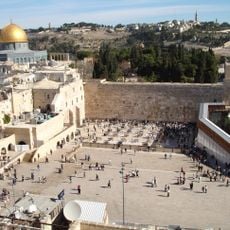
Western Wall
157 m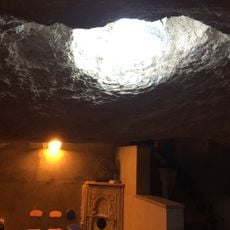
Well of Souls
12 m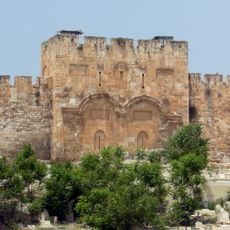
Golden Gate
183 m
Old City of Jerusalem
187 m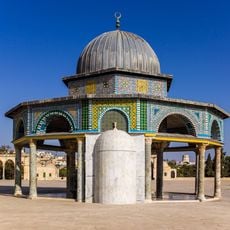
Dome of the Chain
51 m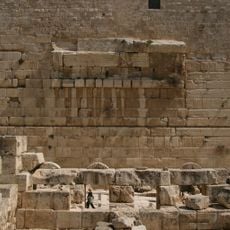
Robinson's Arch
256 m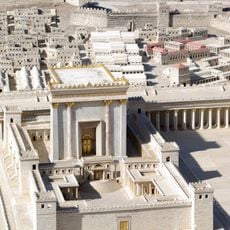
Herod's Temple
17 m
Wilson's Arch
187 m
Warren's Gate
96 m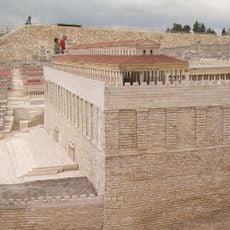
Royal Stoa
251 m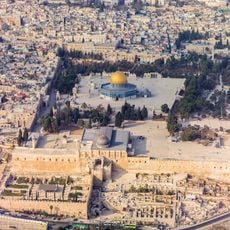
Minarets of the Temple Mount
51 m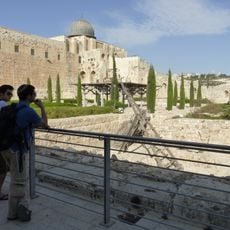
Jerusalem Archaeological Park
294 m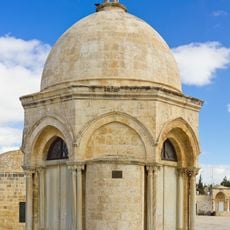
Dome of the Ascension
33 m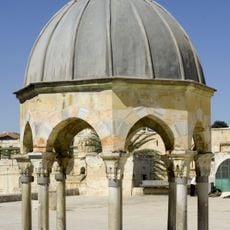
Dome of the Prophet
20 m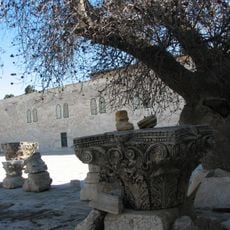
Islamic Museum
225 m
Gate of the Chain
120 m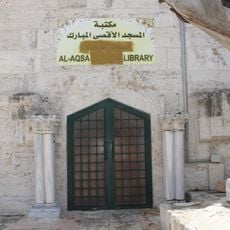
Al-Aqsa Library
261 m
Ohel Yitzchak Synagogue
126 m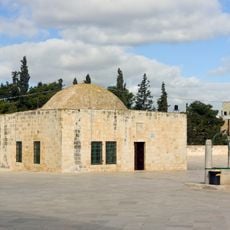
Dome of al-Khalili
49 m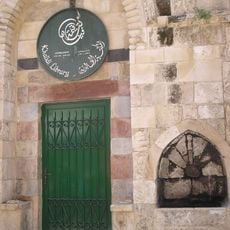
Khalidi Library
278 m
Gate of the Inspector
171 m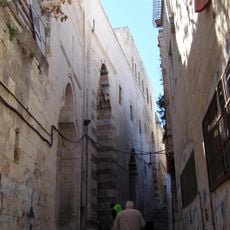
Palais de la dame Tunshuq
193 m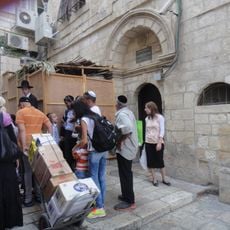
בית המערבים
265 m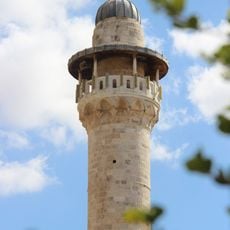
Bab al-Asbat Minaret
264 m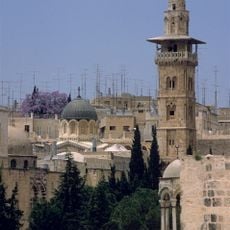
Ghawanima minaret
258 m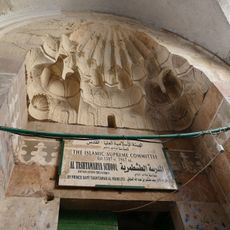
Ṭashtamuriyya
140 m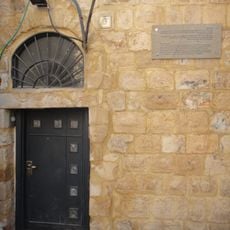
Danon House
185 m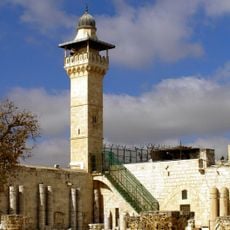
Al-Fakhriyya Minaret
239 mReviews
Visited this place? Tap the stars to rate it and share your experience / photos with the community! Try now! You can cancel it anytime.
Discover hidden gems everywhere you go!
From secret cafés to breathtaking viewpoints, skip the crowded tourist spots and find places that match your style. Our app makes it easy with voice search, smart filtering, route optimization, and insider tips from travelers worldwide. Download now for the complete mobile experience.

A unique approach to discovering new places❞
— Le Figaro
All the places worth exploring❞
— France Info
A tailor-made excursion in just a few clicks❞
— 20 Minutes
